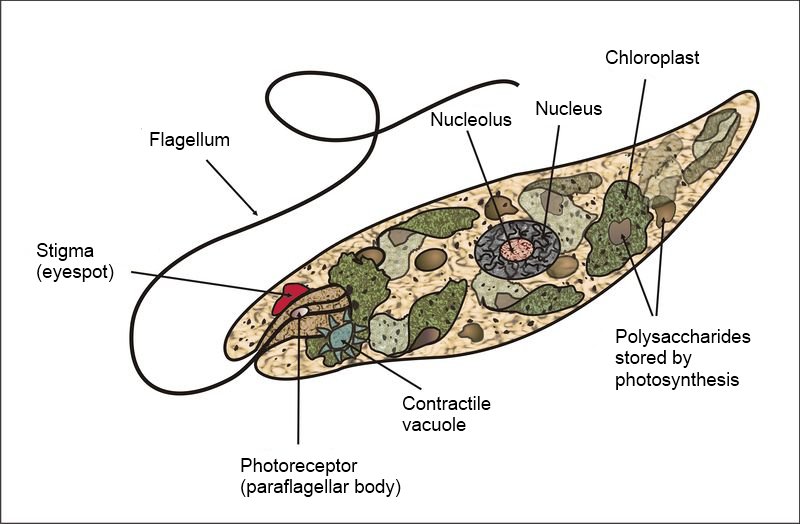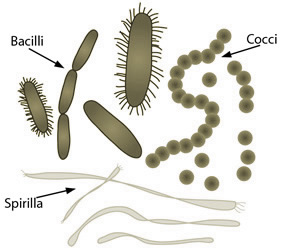What is a Kingdom?
- Animalia--animals
- Plantae--plants
- Fungi
- Protista--protozoa and eucaryotic algae
- Monera--bacteria and blue green algae
Check out the Kingdoms!
At the kingdom level, organisms are classified based upon various fundamental common characteristics. For example, organisms in Animalia will exhibit some form of body symmetry, and will have common patterns of digestive, circulatory, and reproductive systems. Read more about the common characteristics of each kingdom below:
Animalia
- Body symmetry
- Nature of coelom
- Patterns of digestive, circulatory, and reproductive systems
- Arrangement of cells in germ layers
- Segmentation
- Notochord--a cartilaginous skeletal rod supporting the body in all embryonic and some adult chordate animals

Plantae
- Most plants are eukaryotic and chlorophyll containing organisms
- Plant organisms have cell walls made up of a substance called cellulose
- They grow by the process of cell division
- In life cycles of plant cells, the interchanges occur from the embryos and are supported by other tissues and self produce.
- Plants have both organs and organ systems
- Plants obtain their energy from the sun through a process known as photosynthesis
- Plants develop various self defense mechanisms to protect them from being destroyed by animals and other forms of life
- Plants lack the ability to move around

Fungi
- Most fungi grow as tubular filiments called hyphae
- The walls of fungi are often strengthened with chitin
- Fungi disperse themselves by releasing spores into their environment
- Fungi are heterotrophic, and some fungi are parasitic

Protista
- Protists are eukaryotic organisms that cannot be classified as a plant, animal, or fungus
- They are mostly unicellular, but some, like algae, are multicellular
- Protists can be heterotrophic or autotrophic
- Protists primarly live in the water, although some live in moist soil

Monera
- Single celled organisms
- Cells have no membrane surrounding the nucleus
- These organisms reproduce by splitting in two
- They gain energy by absorbing nutrients from outside their bodies
- Some cause diseases, while others exist in a symbiotic relationship with certain animals such as humans
